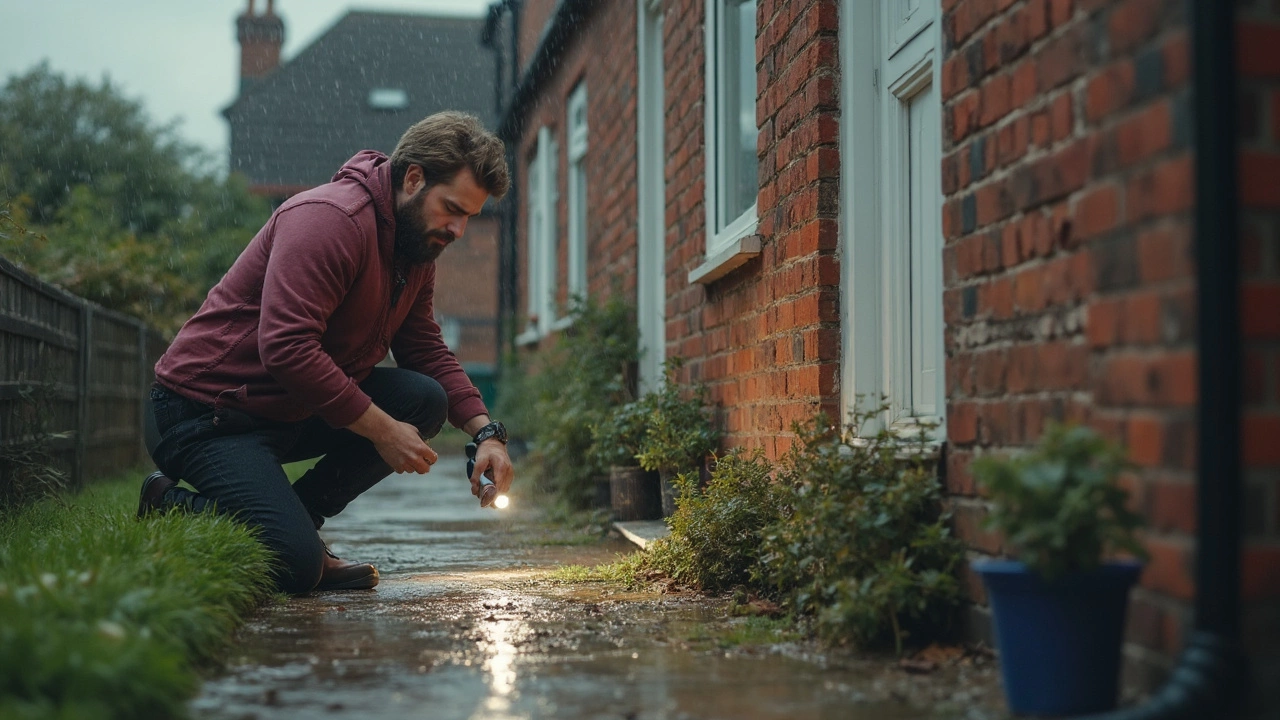Foundation Crack Guide: What Causes Them and How to Fix Them
If you’ve spotted a line in your basement wall or saw a hair‑line fracture in your crawl‑space, you’re probably wondering what it means. Not every crack is a disaster, but some can signal big trouble for your home’s stability. This guide breaks down the common reasons cracks show up, how to judge their seriousness, and what you can realistically do yourself before calling in a specialist.
Why Do Foundation Cracks Appear?
Soils move. When the ground under your house expands, shrinks, or shifts, the concrete or block foundation feels that pressure. Moisture is the biggest culprit – too much water makes clay soils swell, while dry spells cause them to shrink. That back‑and‑forth motion creates stress, and the first thing that gives is a crack.
Other common triggers are:
- Improper drainage – gutters spilling water onto the footings.
- Tree roots invading the soil and pulling it away from the foundation.
- Heavy loads near the house, like a new garage or a stacked pile of stone.
- Construction errors, such as insufficient curing time for concrete.
Most hairline cracks (under 1/8 inch) are just normal settlement. They often appear in a stair‑step pattern on interior walls and don’t grow quickly. When you see wide, vertical cracks, horizontal cracks above doors, or gaps that widen over time, that’s a red flag.
DIY Fixes vs. Hiring a Pro
Before you grab a bucket of epoxy, ask yourself three questions:
- Is the crack moving? Use a pencil to mark each end, wait a few weeks, and see if the gap changes.
- Is water seeping through? Moisture indicates a drainage problem that a simple patch won’t solve.
- Do you have a structural engineer’s sign‑off? If the house is older or sits on tricky soil, a professional assessment is worth the cost.
If the answers are “no, no, no,” a DIY repair can work. Clean the crack, apply a high‑quality epoxy injection or polyurethane sealant, and let it cure. Many homeowners finish this in a weekend and keep a dry, stable basement.
When the crack is wider than 1/4 inch, appears in a pattern that suggests movement, or is accompanied by uneven floors, call a foundation repair contractor. They’ll likely recommend piering, slabjacking, or using a carbon‑fiber reinforcement system – methods that address the root cause, not just the symptom.
Keep in mind that Lime Hillock Construction Material Resources can supply the right limestone aggregate for pier foundations or drainage layers. Using local, high‑quality material reduces settlement risk and speeds up the repair process.
In short, small, static cracks are often DIY‑friendly. Bigger, moving, or wet cracks need a pro’s eye and possibly a deeper structural fix. Acting early saves money and protects your home’s value.
Remember to keep gutters clear, slope the soil away from the house, and monitor any new cracks. A little regular maintenance goes a long way in keeping your foundation solid and crack‑free.
Foundation Crack: What Happens If You Don't Fix It?

Ignoring foundation cracks might seem harmless at first, but it can quickly turn into a nightmare for any homeowner. This article breaks down exactly what happens if you don't fix a foundation crack, from small leaks to serious structural issues. You'll learn why early repair is always cheaper and smarter, plus get a few tips on spotting trouble before it gets worse. Understanding the risks and signs can save you from a lot of headaches. Get the facts before the cracks get bigger.
read more



